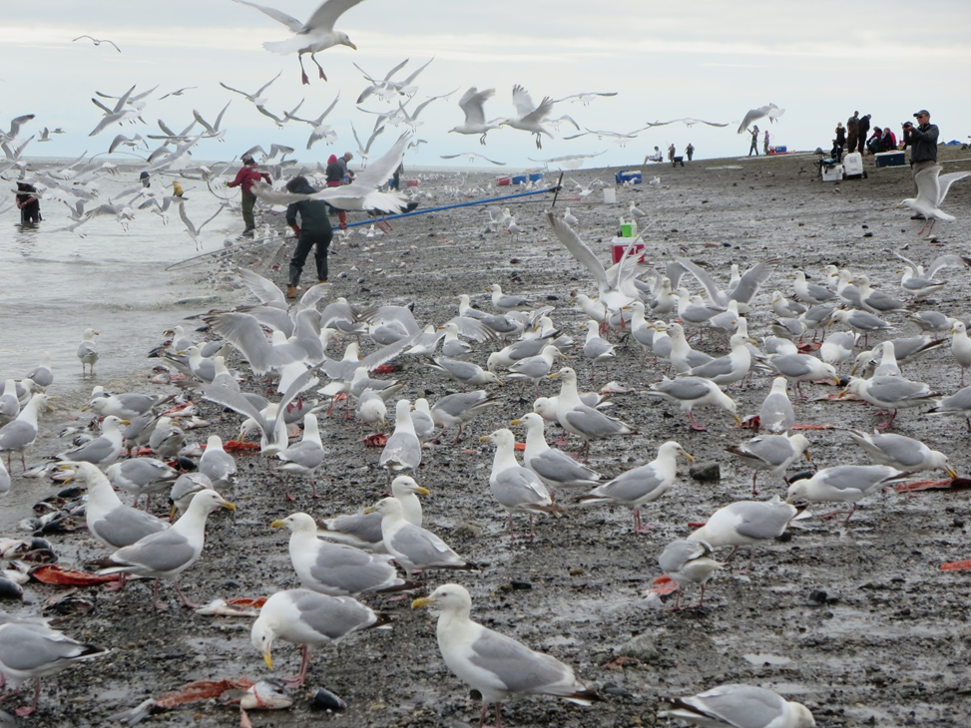Click the drop-down menus to learn more about our other current and historic water research programs
Hydrocarbon Research
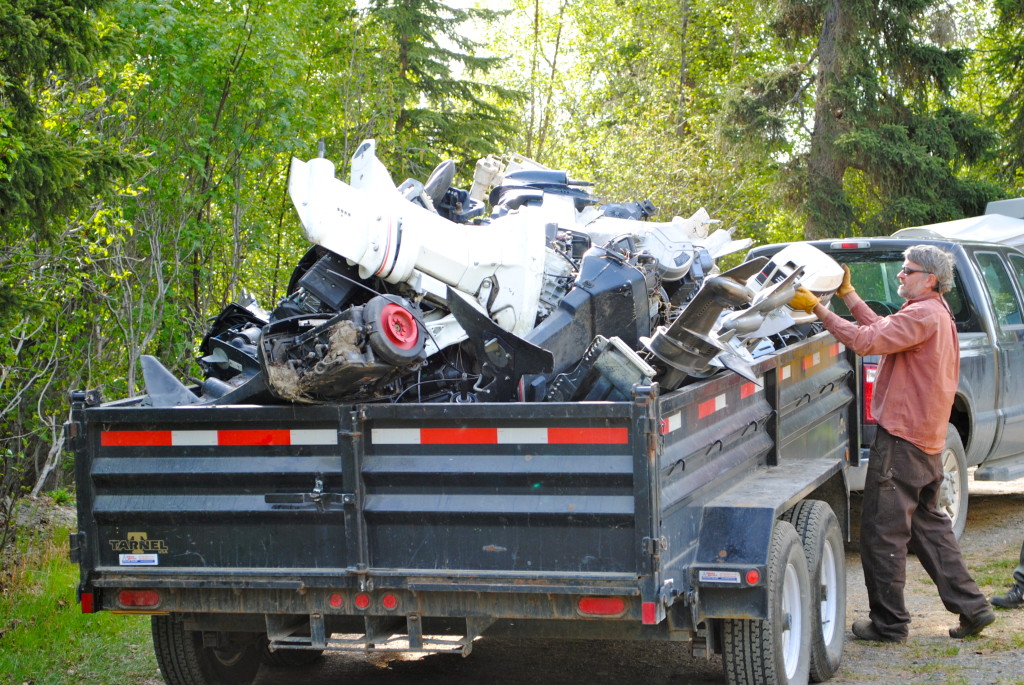
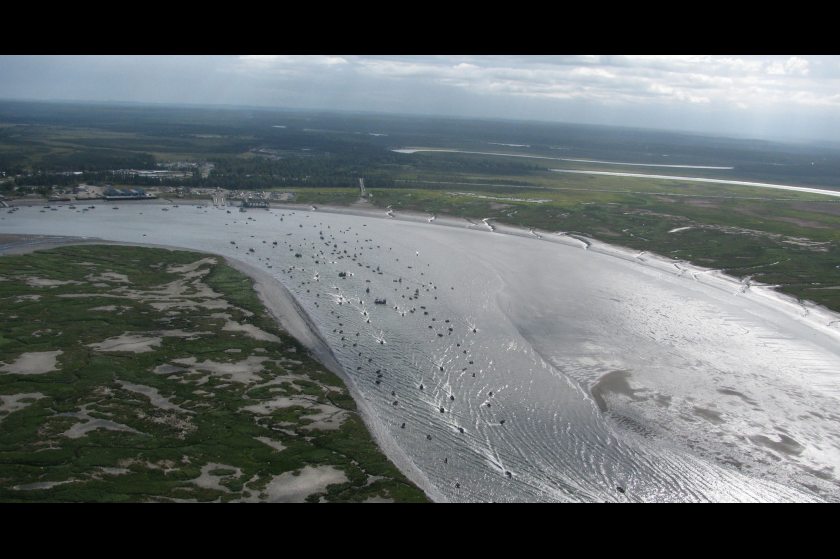
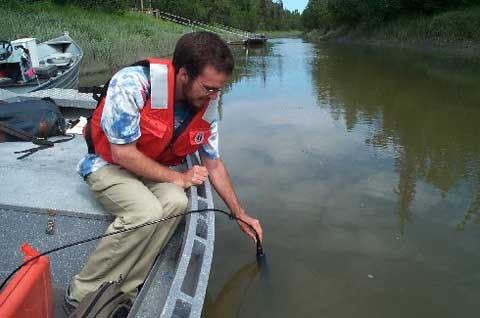
Water samples collected on the lower Kenai River from 2000-2005 showed concentrations of total aromatic hydrocarbons (TAH) that exceeded state water quality standards for freshwater fish and other aquatic life during the peak fishing period in July. As a result, the Alaska Department of Environmental Conservation (DEC) placed a 19-mile segment of the lower Kenai River on the state’s 2006 Clean Water Act (CWA) section 303(d) list of impaired waters for petroleum hydrocarbons, oils and grease. The primary source of the hydrocarbons was unburned gasoline released from older, two-stroke boat motors used to access the sport and personal use fisheries. The Kenai Watershed Forum led a group of concerned watershed stakeholders to join forces to target the source through public outreach, partnering with Kenaitze Indian Tribe creating motor buy-back program, and new regulations. TAH levels dropped significantly and now meet water quality standards, prompting DEC to remove the lower Kenai River from the CWA section 303(d) list of impaired waters in 2010; there have been no measured exceedances of state water quality standards for TAH since then.
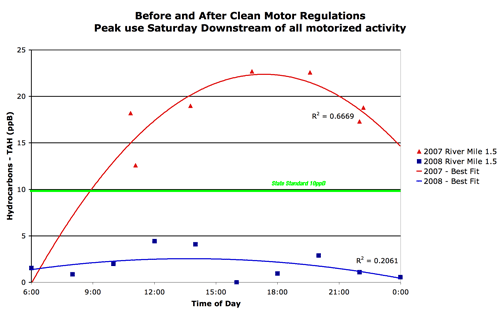
Stream and Air Temperature Monitoring
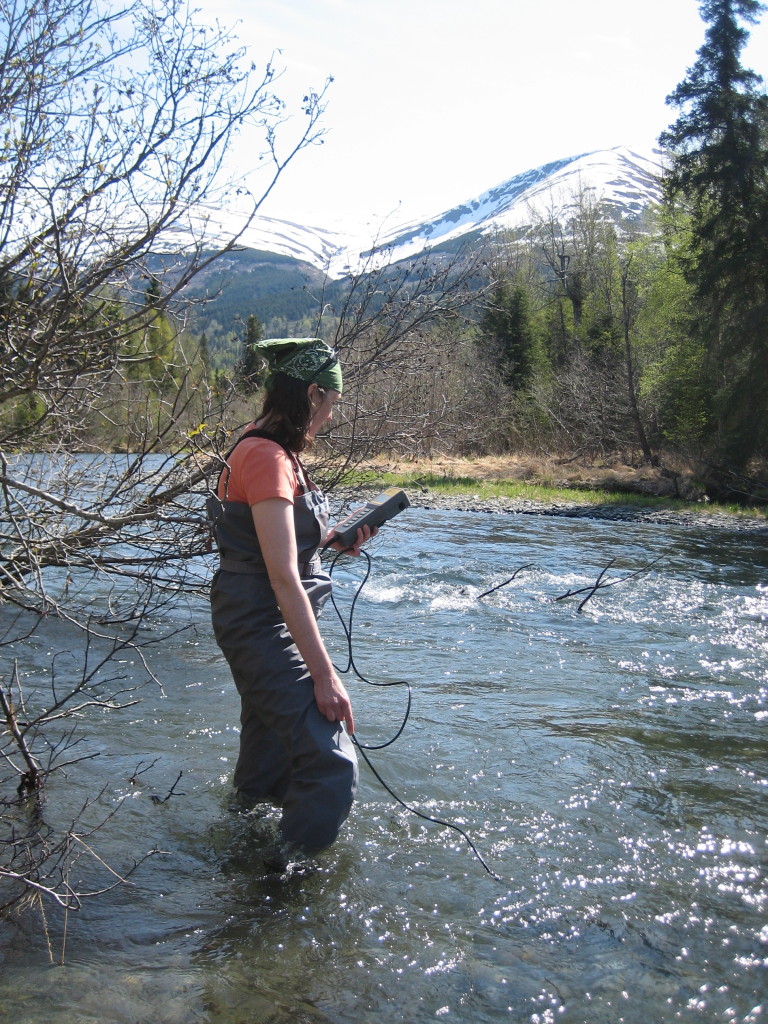
Led by our friends at Cook Inletkeeper, the Kenai Watershed Forum has participated in stream and air temperature monitoring since 2009. Stream temperature is a critical piece in a sustainable salmon life cycle. As our population and temperatures rise on the Kenai Peninsula it is important that we monitor temperatures to ensure viable salmon habitat remains intact and that we find ways to grow in harmony with our salmon populations. Find out more about this important research and its findings here. The Kenai Watershed Forum is currently monitoring stream temperature at six sites selected from Cook Inletkeeper’s research: Beaver Creek, Crooked Creek, Funny River, Slikok Creek, Moose River, and Soldotna Creek.
Turbidity Monitoring
From 2008-2010, the Kenai Watershed Forum monitored turbidity at several sites on the lower Kenai River. The objectives of this three-year study were to:
- Observe and determine key characteristics of turbidity in the lower Kenai River.
- To collect relevant data to define baseline conditions for turbidity in the lower Kenai River.
- To analyze how often, if ever, AK Department of Environmental Conservation water quality standards for turbidity were exceeded at each sampling location.
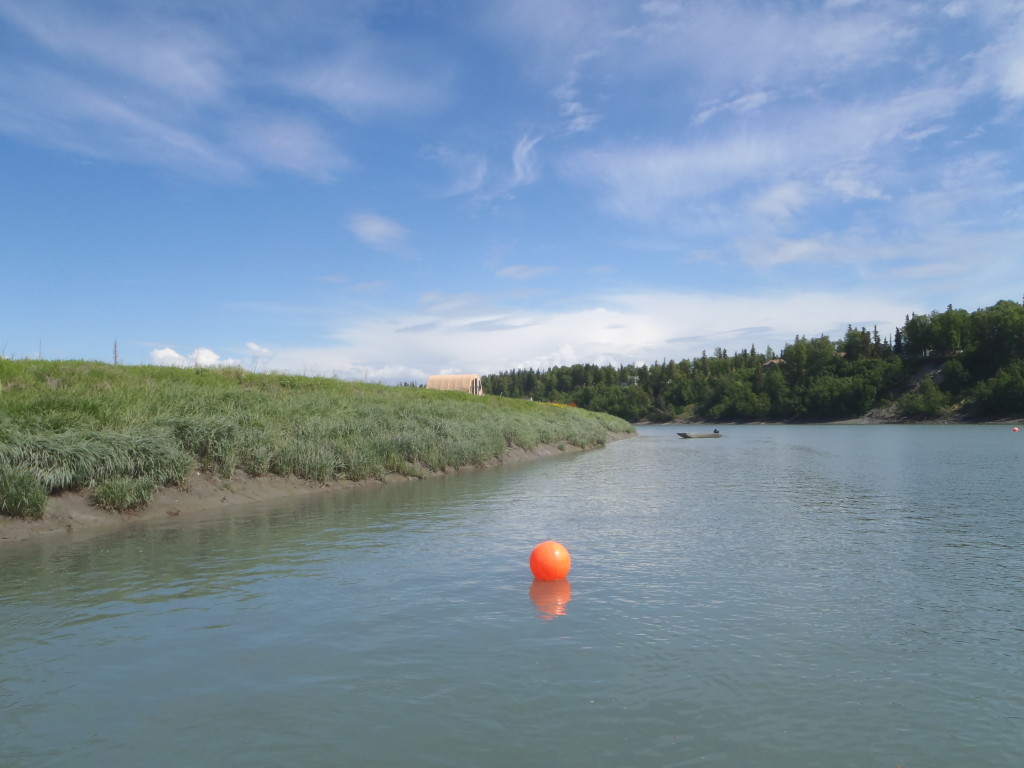
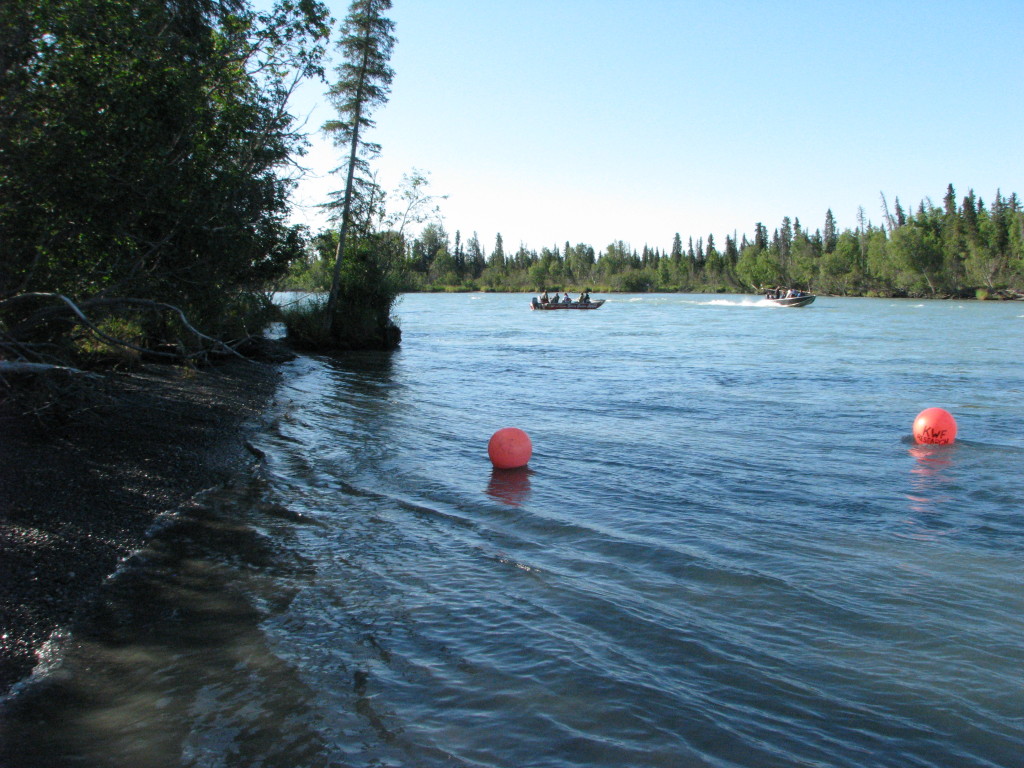
Monitoring has led to a better understanding of turbidity levels in the lower Kenai River and the establishment of baseline conditions. Based on analysis of data from this project, the Kenai Watershed Forum found evidence that state turbidity standards were exceeded on several occasions. Analysis also revealed a strong correlation between high boat traffic and elevated turbidity. The results of this study are intended to assist river managers in making informed decisions regarding human use of the river with respect to established water quality standards.
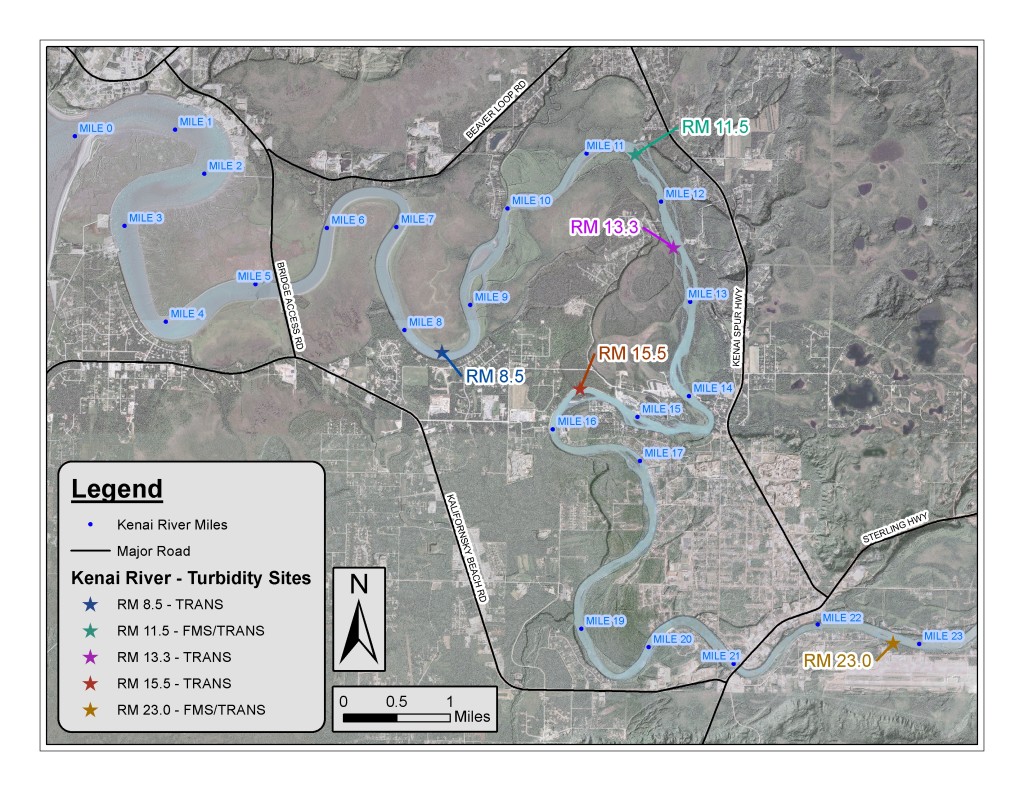
Stream Discharge
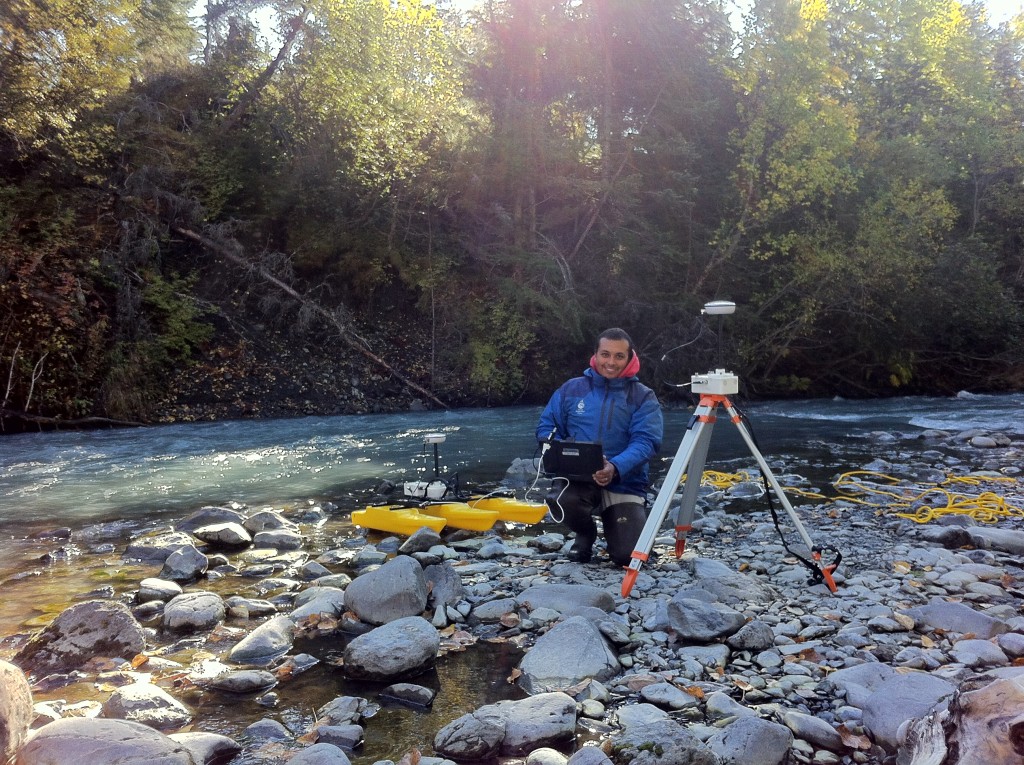
Understanding flow is critical to sustaining our water resources and the Kenai Watershed Forum has been monitoring flow on numerous salmon bearing streams on the Kenai Peninsula since 2000. We believe our ability to protect anadromous water habitat and the fish and wildlife that depend on them is only as good as our knowledge about water. To understand water we collect and analyze data, and flow data is at the top of our priority list.
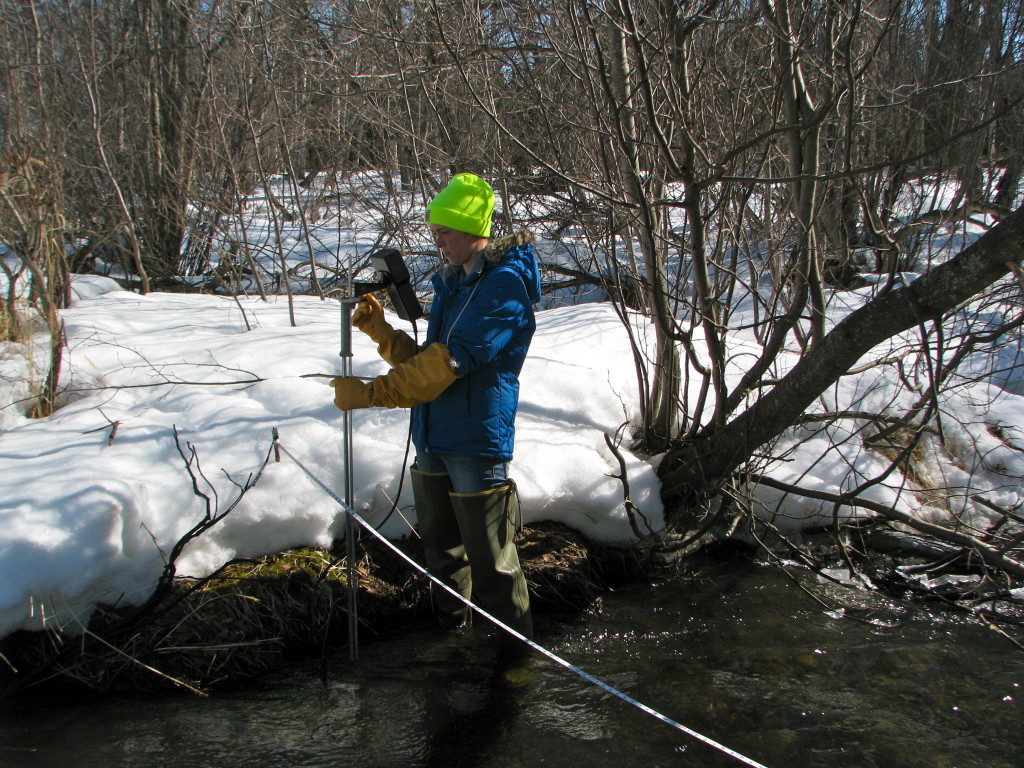
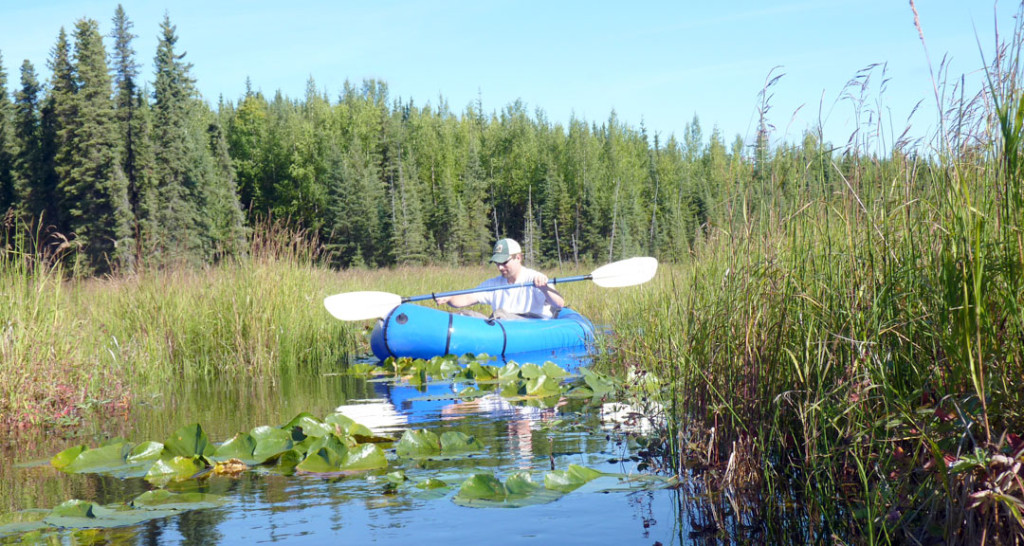
Far too many streams and rivers lack quality data like flow, which makes it difficult for resource managers to make fundamental decisions regarding our understanding of fish and wildlife habitat, how habitat naturally changes through time and how our impact as humans (i.e. development) can be minimized to protect habitat. The Kenai Watershed Forum strives to collect and maintain a comprehensive understanding of our water resources in hopes of better informing our decision makers as they face more and more difficult decisions.
With funding and support from the Alaska EPSCoR program, AKSSF, and the Kenai Peninsula Fish Habitat Partnership, Kenai Watershed Forum has monitored flow at the following locations on the Kenai Peninsula: Beaver Creek, Ptarmigan Creek, Russian River, Slikok Creek, and Soldotna Creek.
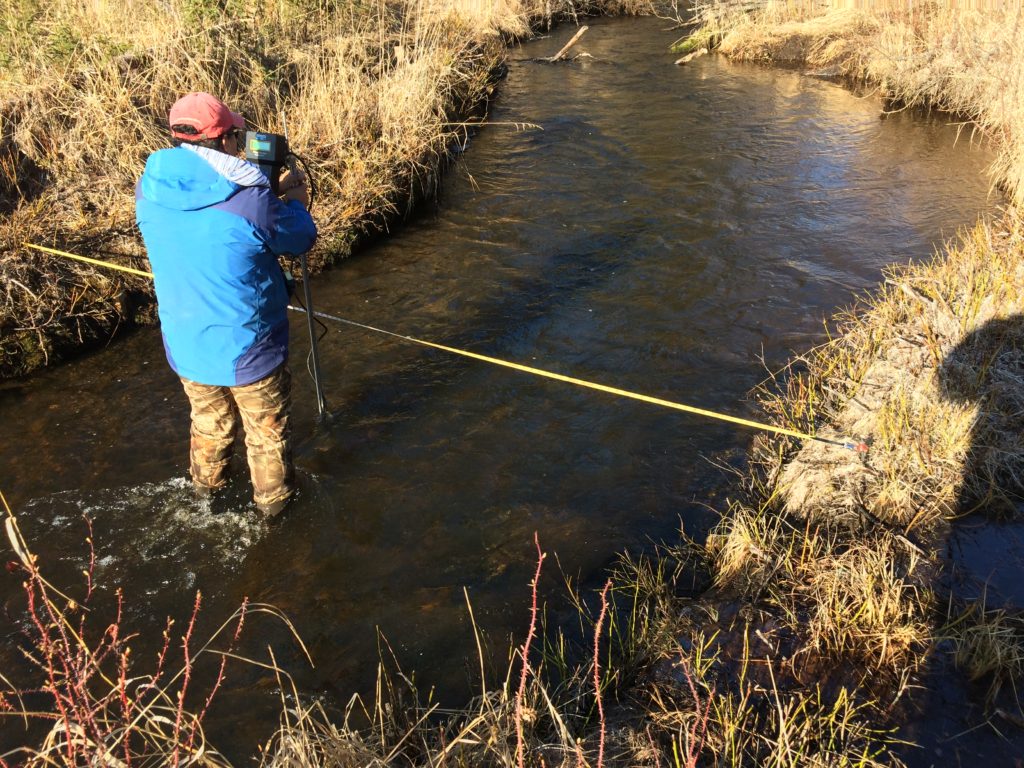
Bacteria Monitoring
KWF has monitored fecal coliform and enterococci bacteria levels at Kenai public beaches since 2010. Samples were collected in order to supply the Alaska Department of Environmental Conservation with important data related to fluctuations in bacteria levels throughout the summer, including during the public use of these beaches during the high-traffic Kenai River Personal Use Fishery.
Access KWF’s Kenai River beach bacteria reports and data below:
2010-2014 Kenai Beach Sampling Assessment
2012-2013 Kenai Beach Bacteria Monitoring Report
2018-2019 Kenai Beach Bacteria Monitoring Report
2020 Kenai Beach Bacteria Monitoring Report
BEACON 2.0 – Beach Advisory Online Notifications
Kenai Beach Bacteria Data in the EPA Water Quality Portal (Click on “Advanced”, then click “Download” at page bottom
